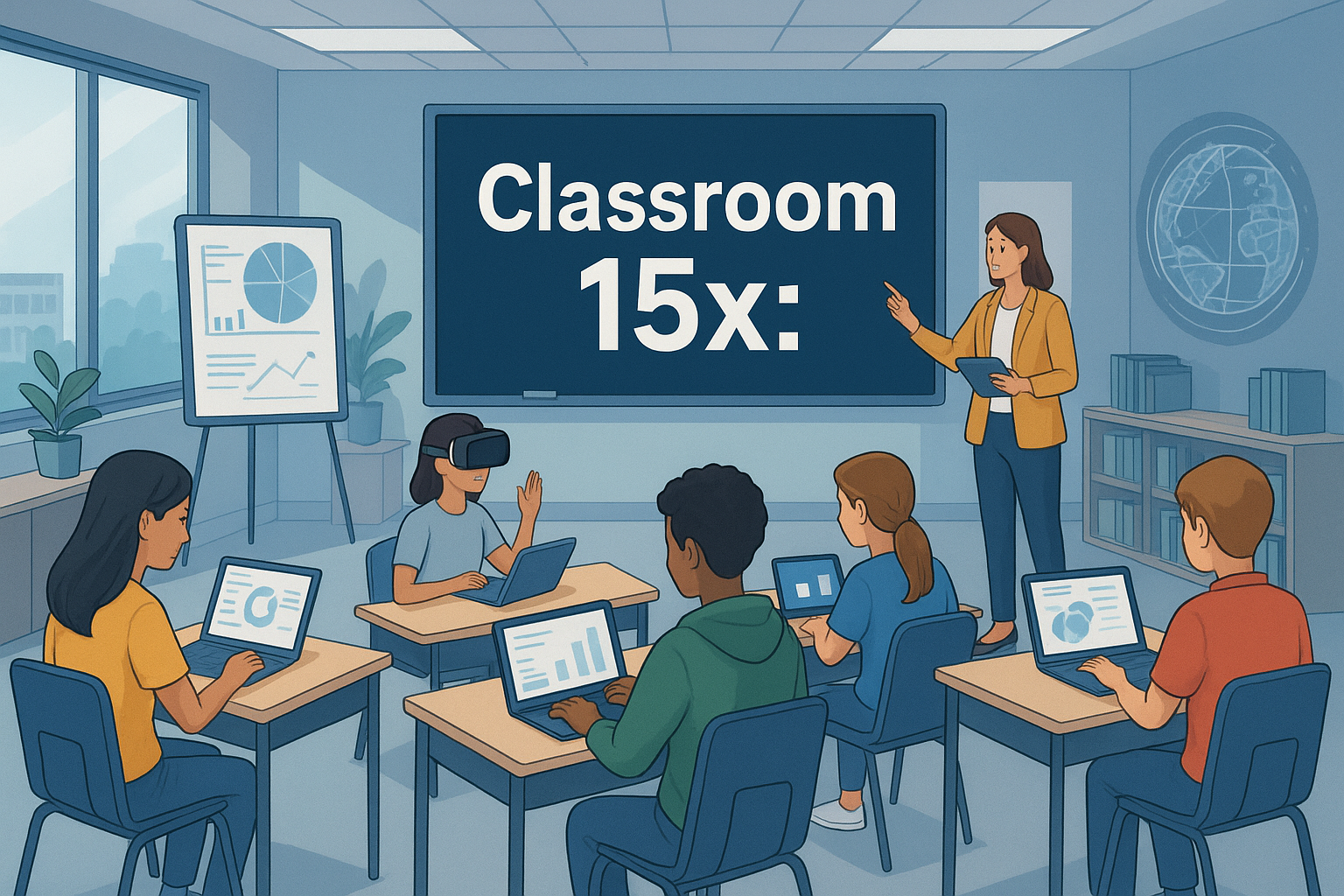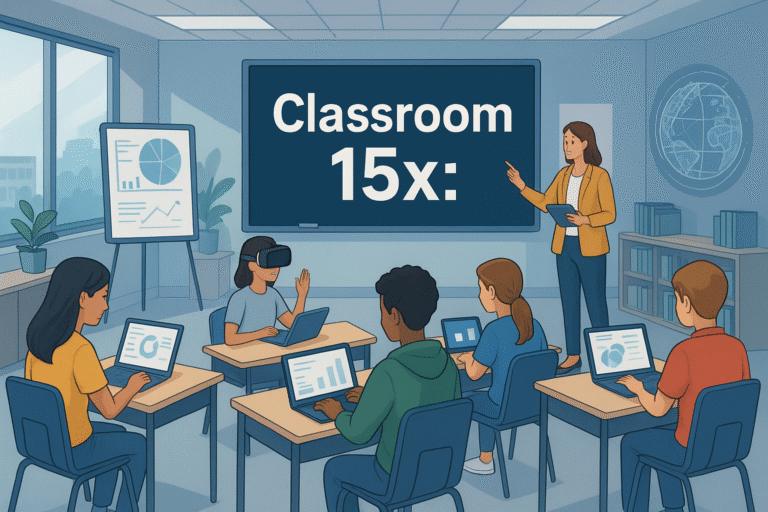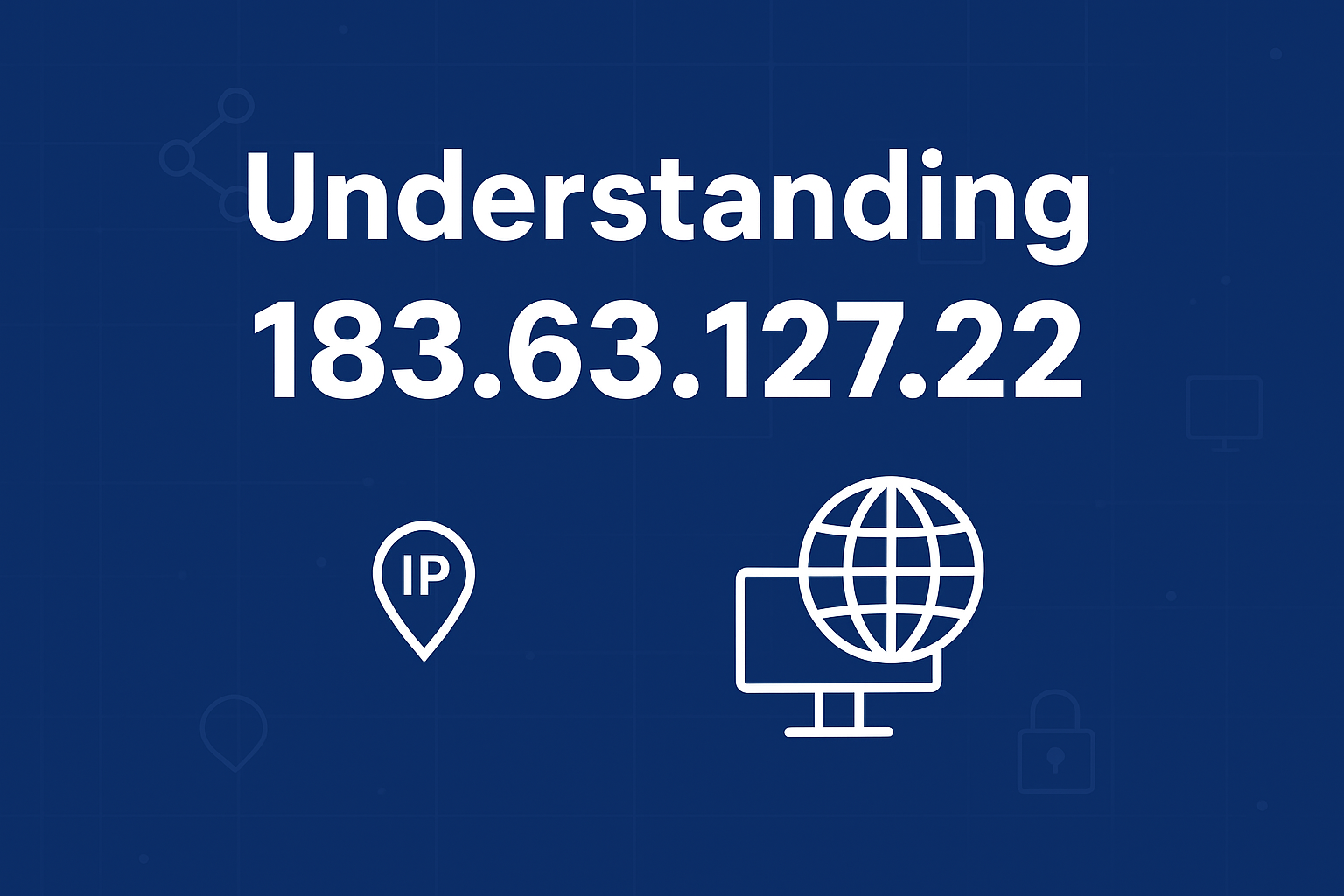
Understanding Classroom 15x:
Education is undergoing a major transformation, and one of the terms that has emerged in this wave of innovation is Classroom 15x:. This concept symbolizes the idea of amplifying the effectiveness of a classroom environment by a factor of fifteen. It represents not just a simple upgrade but a reimagining of what a classroom can achieve when modern tools, advanced teaching strategies, and learner-centered approaches are combined. The classroom has traditionally been defined by walls, chalkboards, and a teacher at the front delivering information. However, in today’s rapidly evolving world, these conventional models are no longer sufficient. Classroom 15x: suggests a new framework where learning becomes dynamic, flexible, and highly adaptive, creating environments that serve every learner in a more effective and engaging way.
Technology at the Core of Classroom 15x:
One of the most defining elements of Classroom 15x: is its reliance on technology to maximize learning outcomes. Instead of traditional textbooks and static lectures, classrooms now integrate smartboards, tablets, online platforms, and even immersive technologies like augmented reality (AR) and virtual reality (VR). These innovations allow students to explore concepts in a hands-on, visual, and interactive way. For example, a history lesson in Classroom 15x: could involve virtually visiting ancient civilizations, while a science class could use simulations to demonstrate complex experiments without the need for physical lab equipment. Beyond engaging learners, technology also helps educators monitor progress through data-driven tools, making it easier to personalize instruction and ensure that no student is left behind. In short, the integration of technology in Classroom 15x: makes the learning experience not only more effective but also more inclusive and future-ready.
A Student-Centered Approach in Classroom 15x:
Traditional classrooms often place the teacher as the central figure, with students passively receiving knowledge. Classroom 15x: flips this approach by placing the learner at the center of the educational process. In this model, students take an active role in their own learning journey, while teachers act as facilitators who guide, mentor, and provide resources. This shift allows students to learn at their own pace, explore topics based on their interests, and engage in projects that encourage problem-solving and creativity. A student in Classroom 15x: is not just memorizing information for a test but developing skills that will serve them in real-world scenarios, such as critical thinking, collaboration, and adaptability. This student-centered philosophy ensures that education is no longer one-size-fits-all but tailored to the unique strengths and needs of every individual learner.
The Role of Data and Analytics in Classroom 15x:
Another important pillar of Classroom 15x: is the use of data and analytics to enhance teaching and learning. In traditional classrooms, it has often been difficult for teachers to assess individual progress in real time or identify learning gaps quickly. With Classroom 15x: models, data-driven systems continuously collect information about student performance, participation, and comprehension. This enables educators to make timely interventions, personalize assignments, and provide additional support where it is needed most. For instance, if a student struggles with a math concept, adaptive software within Classroom 15x: can immediately recommend targeted exercises while notifying the teacher to offer additional guidance. In this way, analytics transform teaching into a more precise and efficient process, ensuring better outcomes for both students and educators.
Flexibility and Hybrid Learning in Classroom 15x:
In the modern world, learning can no longer be confined to the walls of a classroom. Classroom 15x: embraces flexibility by creating blended environments that merge physical spaces with digital platforms. This allows for hybrid learning models where students can seamlessly switch between in-person lessons and online sessions without disruption. The benefits of this flexibility are immense: students who cannot attend school physically can continue learning remotely, while digital tools ensure that lessons are accessible anytime and anywhere. Additionally, classrooms in the Classroom 15x: framework are designed with flexible seating, collaborative spaces, and digital connectivity to support diverse learning styles. Whether through group discussions, independent projects, or virtual collaborations with peers from around the globe, students have access to an enriched learning experience that extends beyond traditional boundaries.
Overcoming Challenges in Implementing Classroom 15x:
While the vision of Classroom 15x: is inspiring, implementing it comes with real challenges. One of the most pressing issues is the digital divide, as not all students have equal access to devices or high-speed internet. Without addressing this gap, the promise of Classroom 15x: risks leaving some learners behind. Another challenge is teacher training, since educators need the skills and confidence to integrate advanced technologies and student-centered approaches into their teaching. Costs also play a role, as building Classroom 15x: environments requires significant investment in infrastructure, devices, and ongoing maintenance. Finally, the reliance on data raises concerns about privacy and security, which must be carefully managed to protect students. Overcoming these barriers will require a collaborative effort from governments, schools, communities, and technology providers to ensure that the benefits of Classroom 15x: are shared equitably.
The Future Vision of Classroom 15x:
Looking forward, Classroom 15x: represents more than just an educational trend—it is a vision of the future of learning. With advancements in artificial intelligence, machine learning, and global connectivity, classrooms will continue to evolve in ways that were once unimaginable. Imagine AI tutors that provide personalized lessons for every student, holographic classrooms where learners collaborate across continents, or curricula that adapt instantly to changes in industry demands. These are not distant possibilities but potential realities within the Classroom 15x: framework. By embracing this vision, education systems can ensure that students are prepared not just for today’s challenges but for the opportunities and innovations of tomorrow.
Conclusion
The classroom of the past was limited by rigid structures, outdated methods, and a one-size-fits-all approach. In contrast, Classroom 15x: redefines education as a dynamic, inclusive, and future-ready process. By integrating technology, prioritizing student-centered learning, leveraging data analytics, and embracing flexibility, it multiplies the impact of education many times over. While challenges remain, the vision of Classroom 15x: offers a powerful reminder that the purpose of education is not merely to transfer knowledge but to empower learners to think critically, solve problems creatively, and adapt to a rapidly changing world. As we continue to innovate and reimagine education, Classroom 15x: stands as a symbol of what classrooms can—and should—become in the 21st century.



